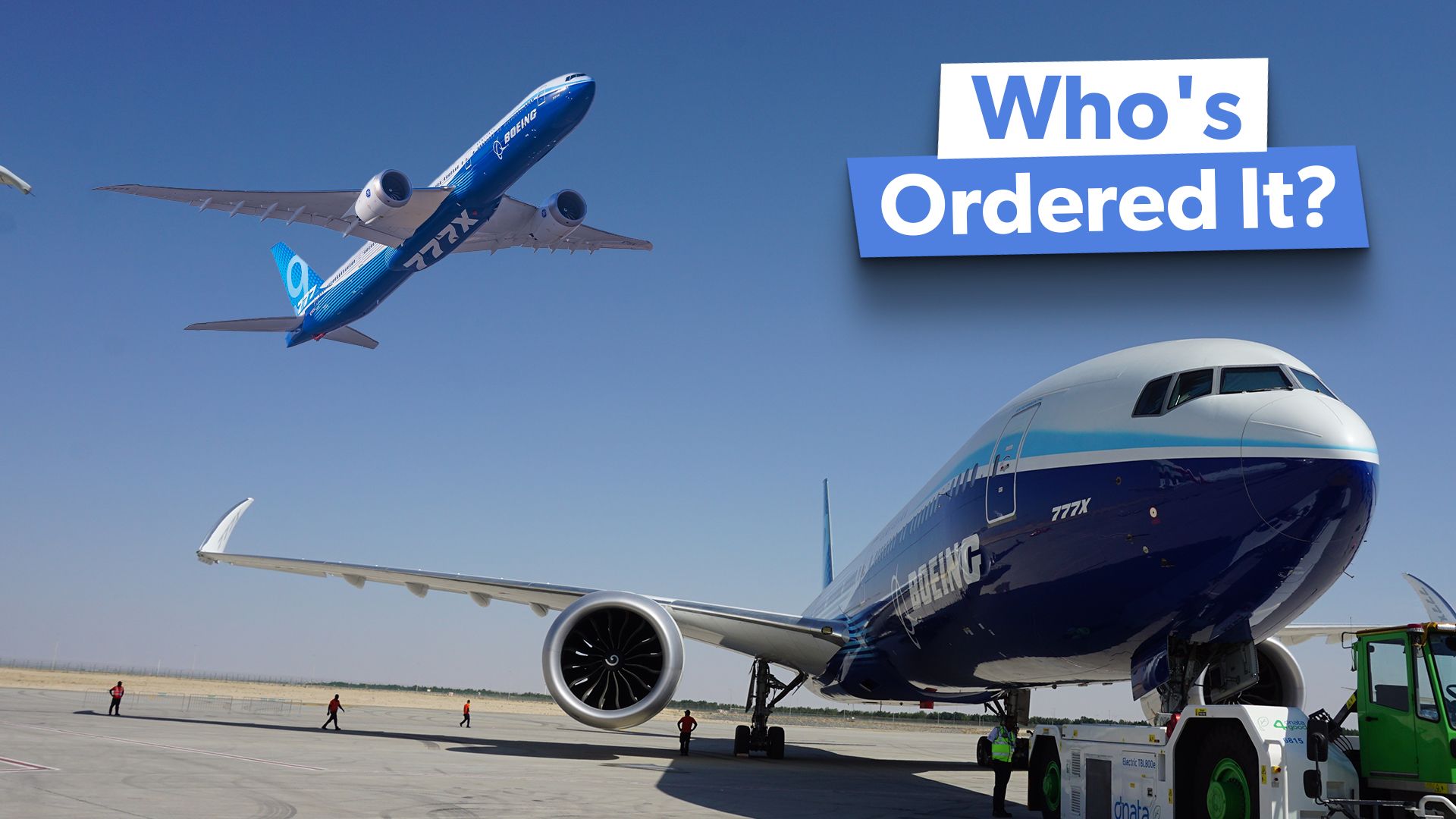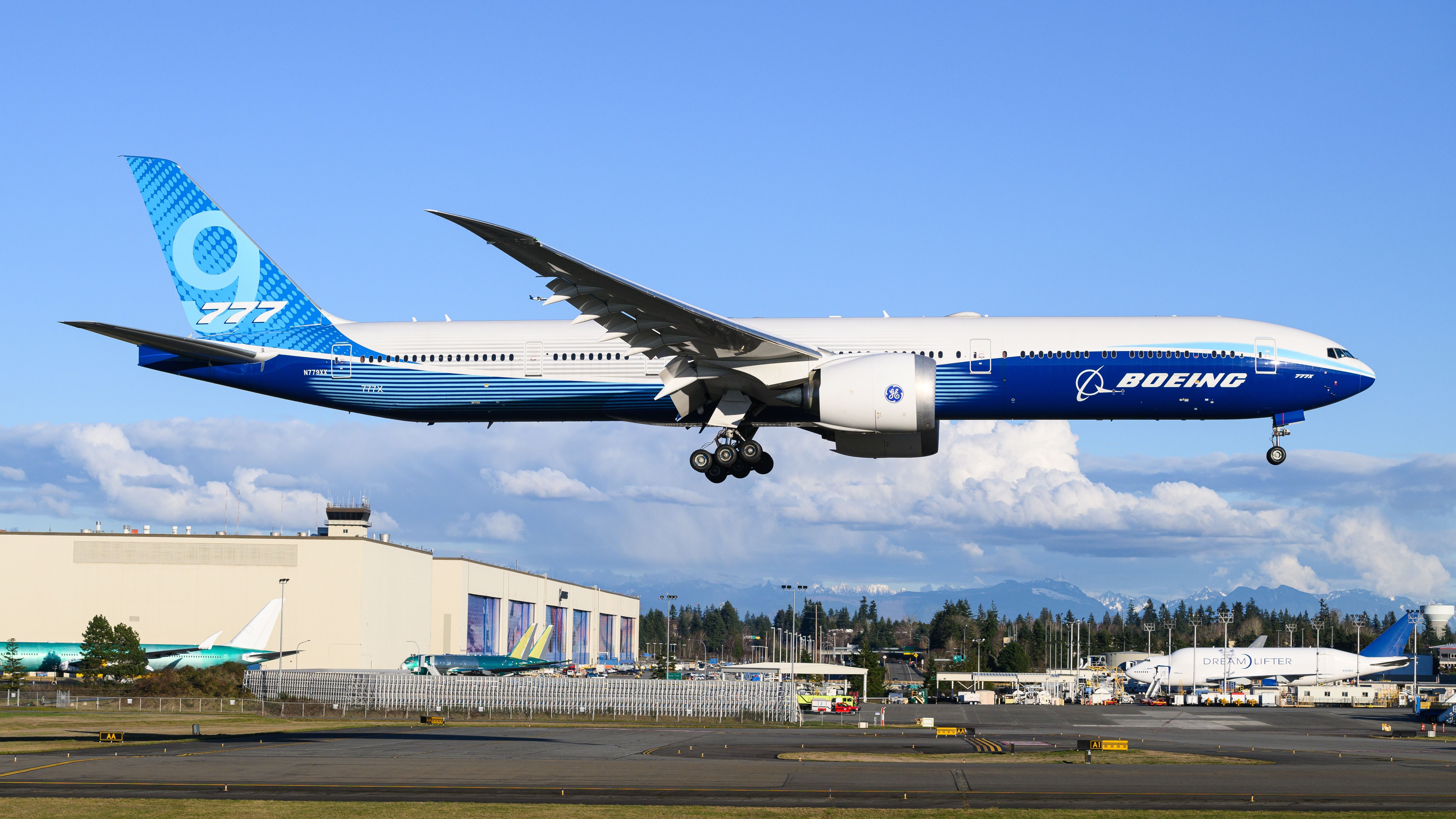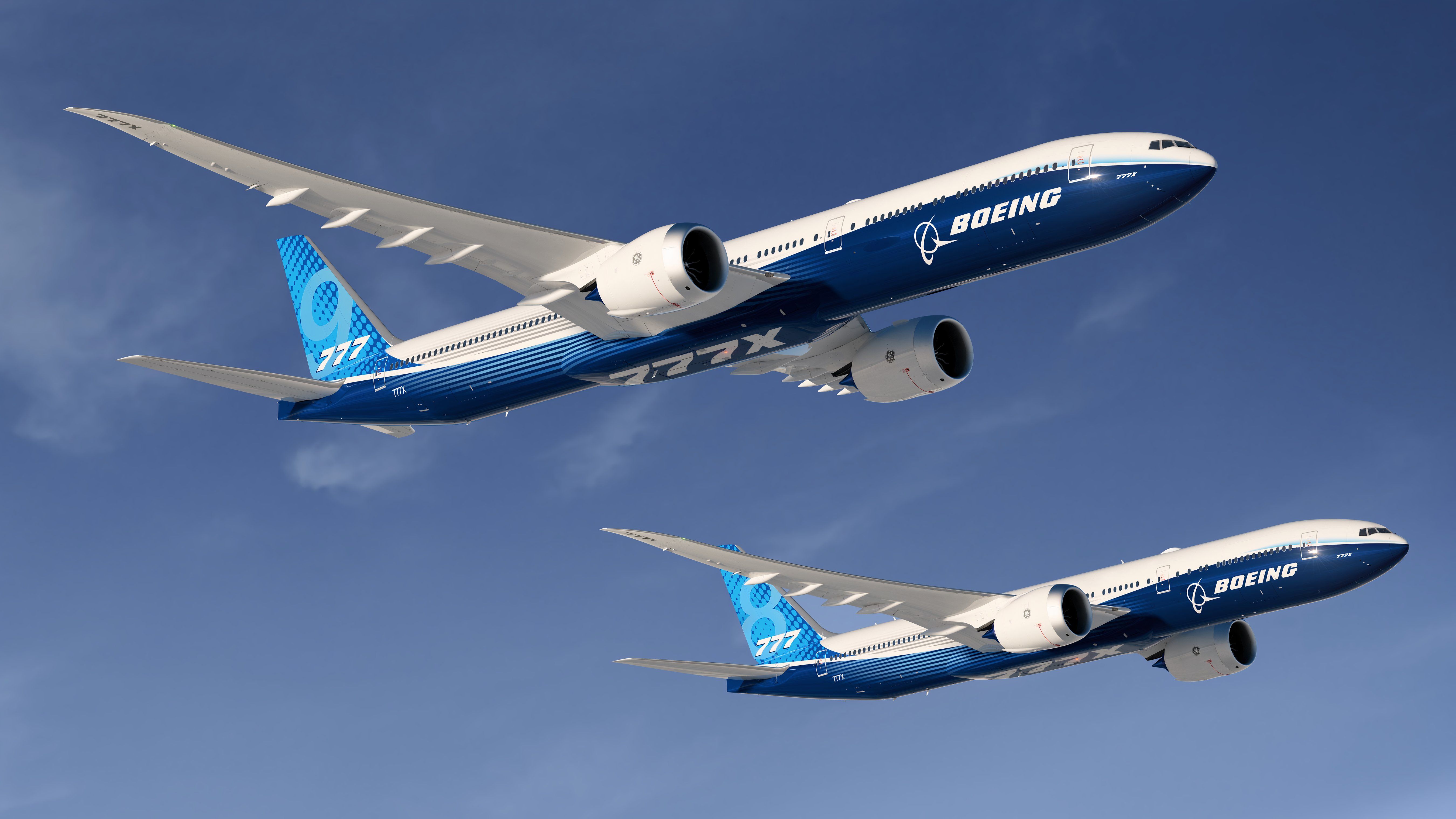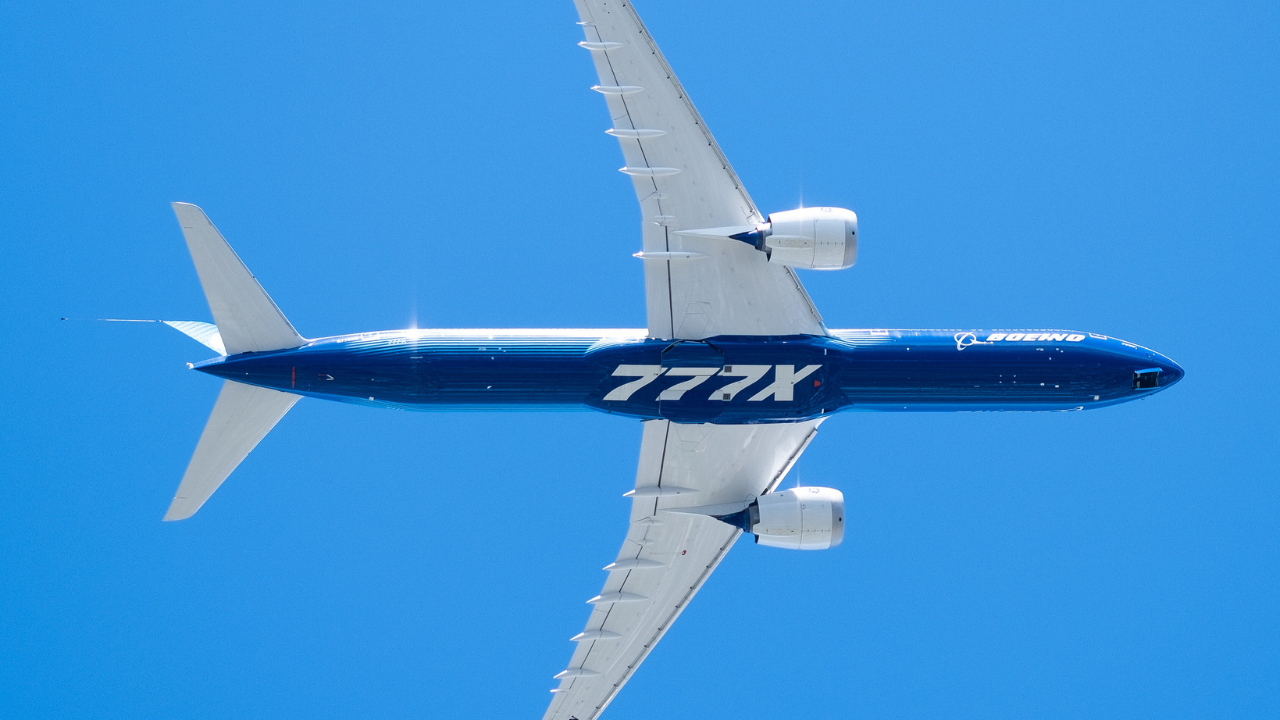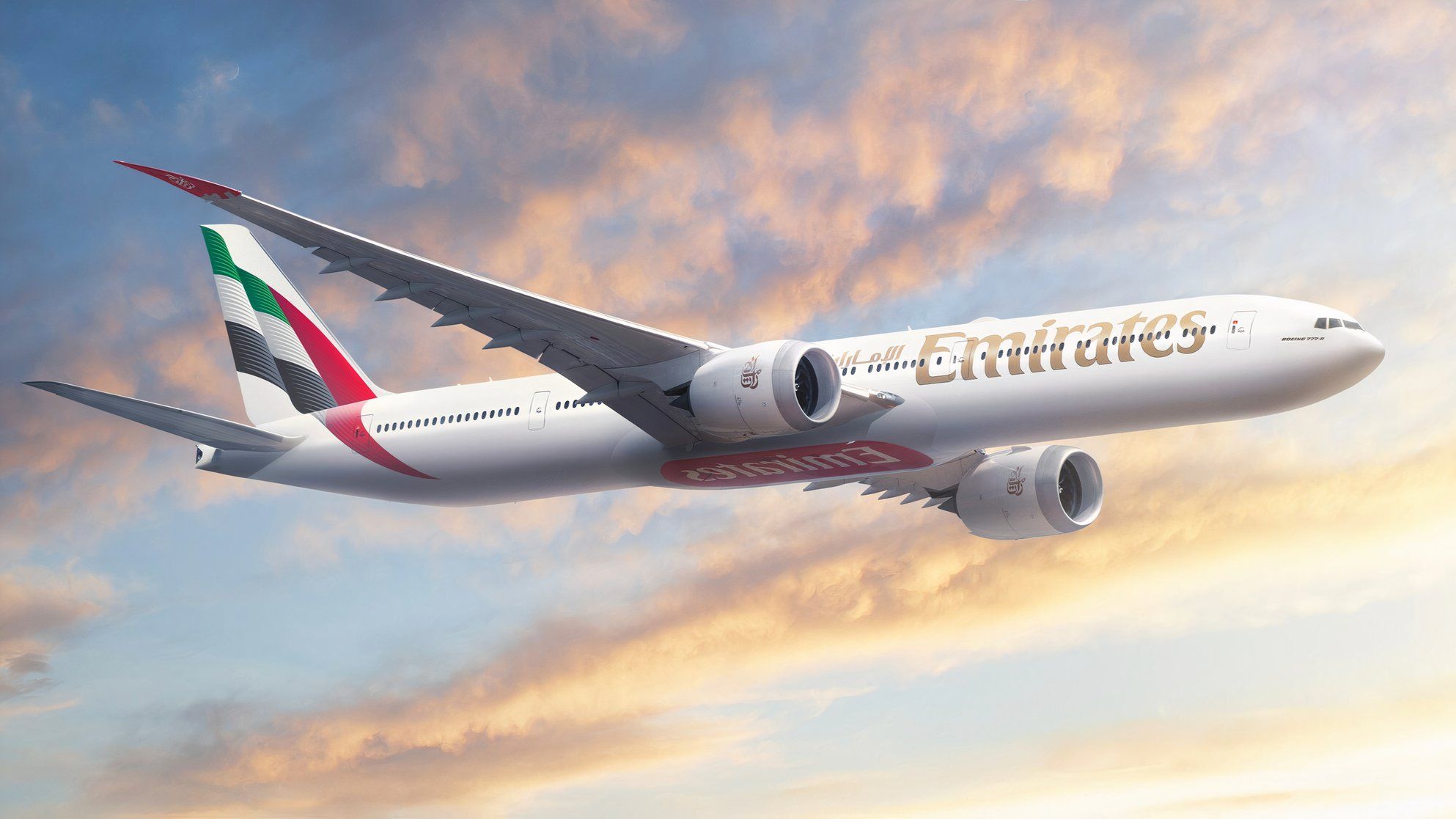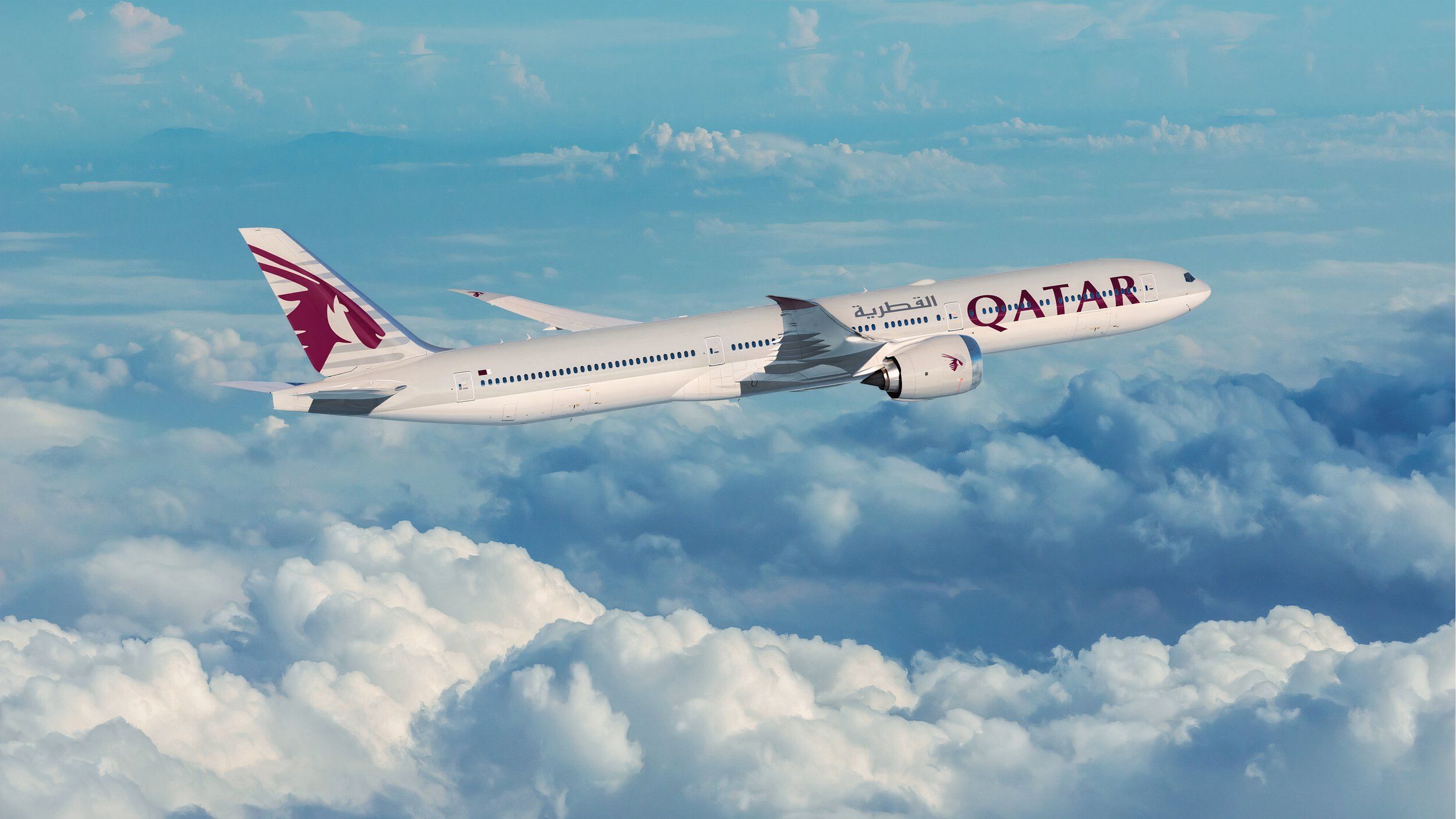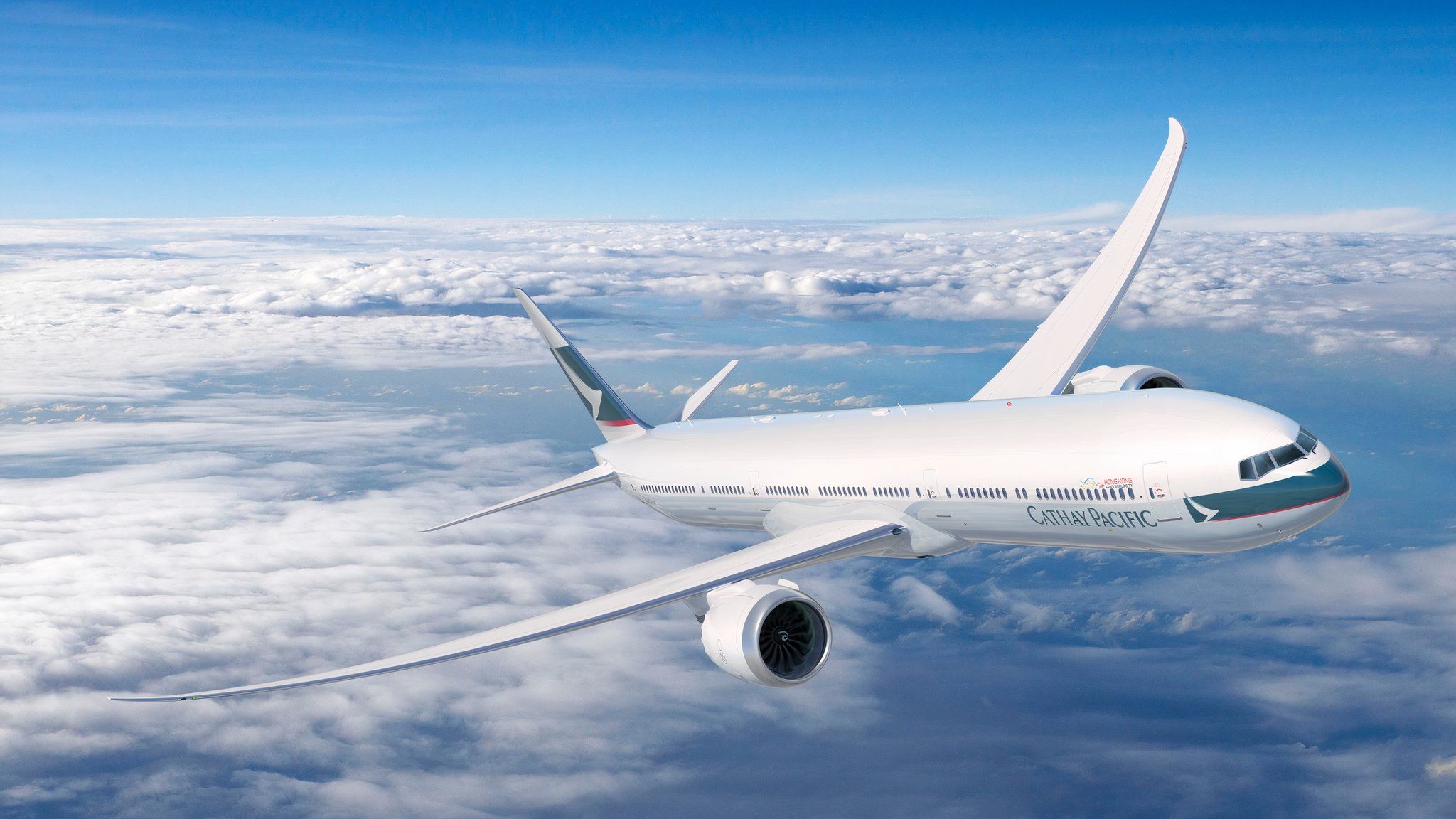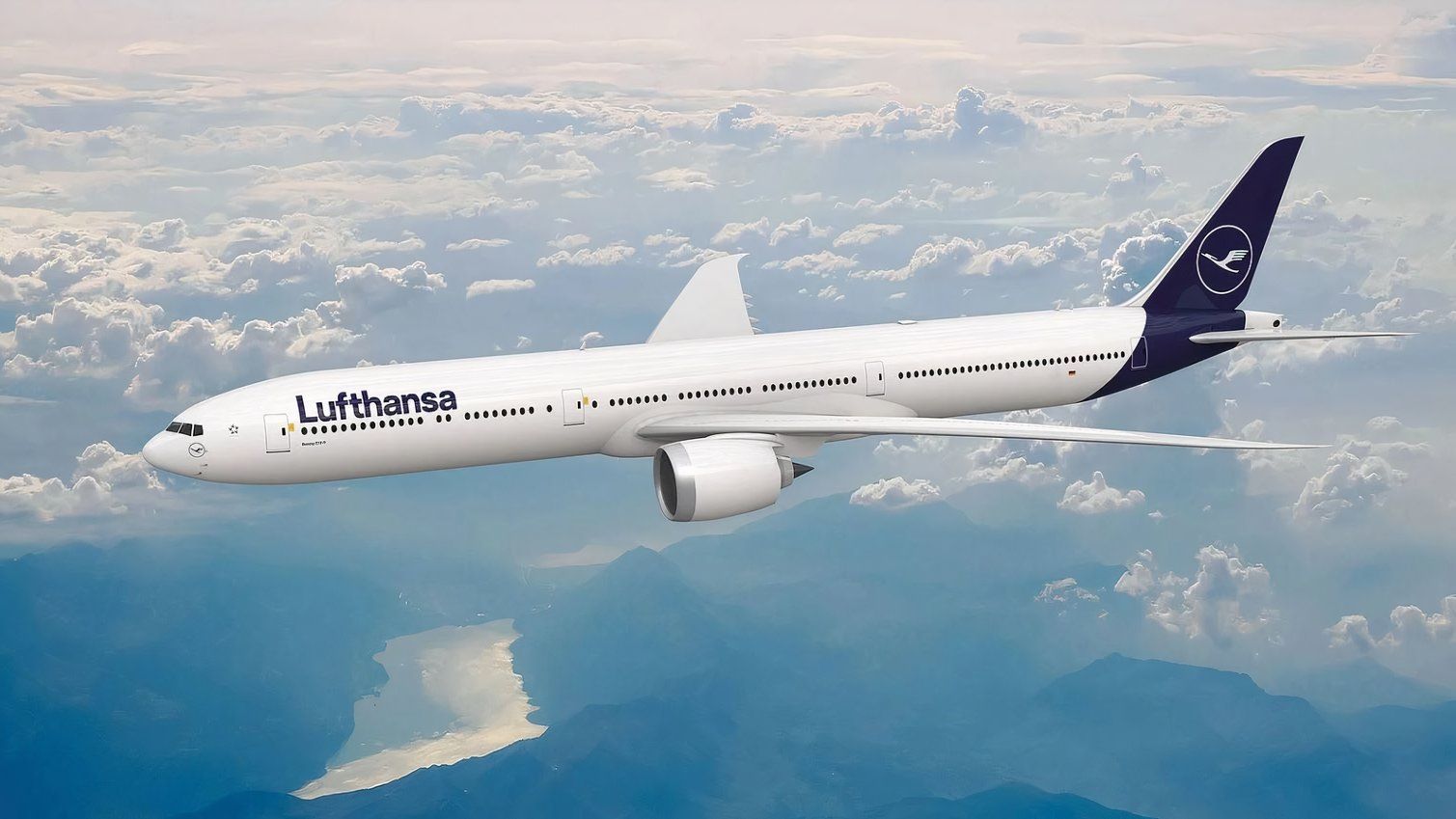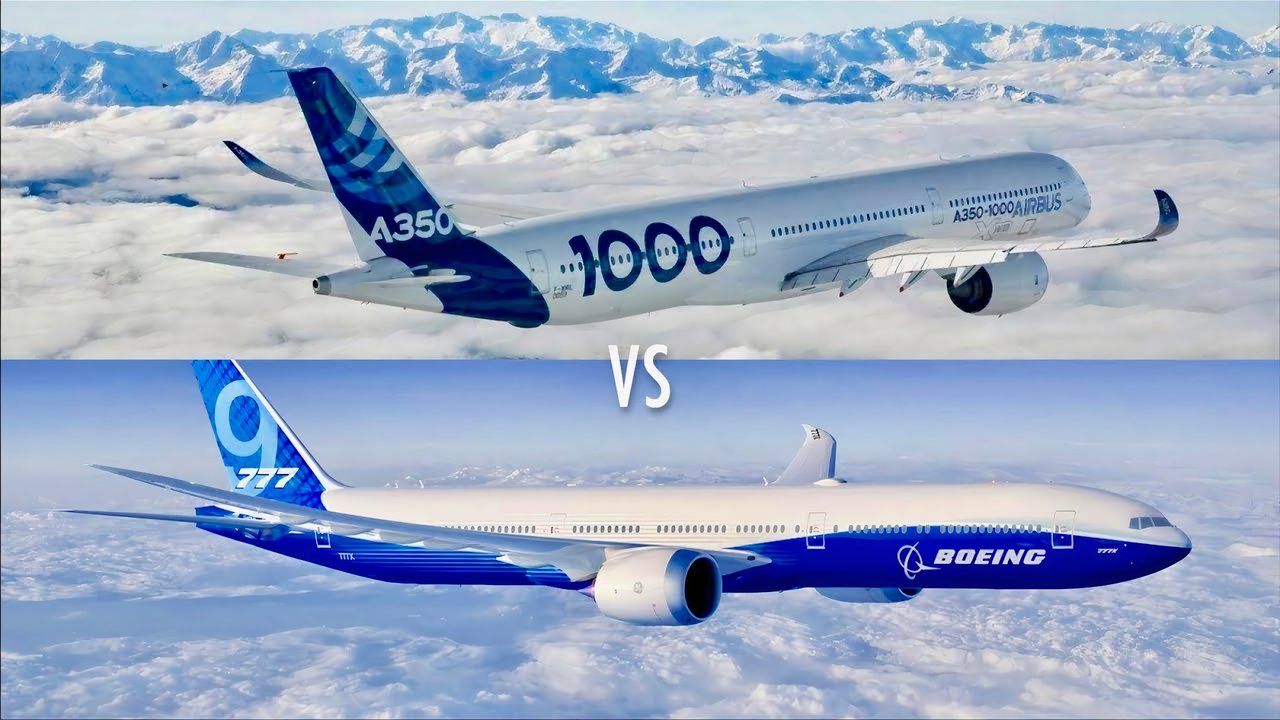Summary
- Boeing and the FAA have resumed 777X certification testing after years of program delays.
- The ‘Big 3’ Middle East carriers make up two-thirds of the 777X order book.
- Concerns linger about the 777X order book size and legacy customer absence.
Boeing and the Federal Aviation Administration (FAA) resumed certification testing for the 777X program in July after years of delays. Since then, Boeing 777-9 test aircraft have made numerous flights with both Boeing pilots and FAA pilots and engineers onboard, which is undoubtedly a boost for the beleaguered aircraft manufacturer.
Boeing 777X primer
The Boeing 777X program was proposed in the early 2010s, mainly in response to the revamped Airbus A350 XWB. The initial concept was a 400+ passenger aircraft that stretched the 777-300ER by four frames, powered by 99,500 lbf (443 kN) engines, and targeted 10% better operating costs than the A350.
Photo: Ian Dewar Photography | Shutterstock
When the 777X was officially launched in November 2013, it did so with two variants:
- 777-9: Provides seating for 426 passengers in a typical 2-class layout and has a range of 7,285 nmi (13,500 km; 8,400 mi).
- 777-8: Provides seating for 395 passengers in a typical 2-class layout and has a range of 8,745 nmi (16,200 km; 10,100 mi).
Boeing subsequently also launched a freighter version of the aircraft, the 777-8F. All three variants will be powered by the new GE9X engine, which is derived from the GE90 used on current B777s and is rated at 110,000 lbf (490 kN) of thrust.
Extensive Delays
Boeing initially planned to have the 777X enter service in 2019. However, the first flight of the aircraft only happened in 2020, and multiple delays to the program due to issues with the GE9X engines, FAA certification issues, and the broader issues at the manufacturer have left Boeing promising a 2025 introduction into service.
Photo: Boeing
Tim Clarke, President of Emirates, the largest customer of the 777X program, is skeptical about that promise as well, suggesting that his airline might only start seeing its orders fulfilled in 2026. Therefore while the resumption of certification testing is good news for Boeing, it is especially welcome to the 777X customers who have seen a five-year delay in their fleet plans with the aircraft. But which airlines have actually committed to the Boeing 777X?
The Boeing 777X order book
As of September 2024, Boeing had 503 total 777X orders from 13 named airlines and some as-yet unidentified customers. This includes 43 orders for the B777-8, 55 orders for the B777-8F, and 405 orders for the larger and more popular B777-9.
| Boeing 777X Orders (as of 1 September 2024) | ||
| Airline | Orders | Variants |
| Emirates | 205 | B777-9; B777-8 |
| Qatar Airways | 94 | B777-9; B777-8F |
| Singapore Airlines | 31 | B777-9 |
| Lufthansa | 27 | B777-9; B777-8F |
| Etihad Airways | 25 | B777-9; B777-8 |
| Cathay Pacific Airways | 21 | B777-9 |
| All Nippon Airways | 20 | B777-9 |
| Korean Air | 20 | B777-9 |
| British Airways | 18 | B777-9 |
| Air India | 10 | B777-9 |
| Cargolux | 10 | B777-8F |
| Ethiopian Airlines | 8 | B777-9 |
| Silk Way West Airlines | 2 | B777-8F |
| Unidentified Customers | 12 | B777-9 |
The Middle East ‘Big 3’
The 777X order book is somewhat reminiscent of the A380 order book a decade or so ago: Massive orders from Emirates, followed by the big names of international flying making up the balance. Indeed, it is worth noting that Boeing has a lot of eggs in one basket, with the Middle East ‘Big 3’ making up two-thirds of the total order book to date.
Photo: Boeing
But each of the carriers has different motivations for ordering the 777X:
- Emirates is already the world’s largest Boeing 777 operator, so a large order of the next generation of the variant makes sense. It has 35 of the 777-8 and 170 of the 777-9 on order, with the former being able replacements for its B777-200LRs and older B777-300ERs, and the 777-9 able to pick up the slack as the A380s reach retirement age. However, since Emirates also has substantial A350 and B787 orders in place and expects to have a fleet of around 350 aircraft by the end of the decade, it is clear that this order is about network expansion as much as aircraft replacement.
- Qatar Airways has ordered 34 777-8Fs to expand Qatar Cargo’s already robust B777F fleet. The remaining 60 777-9s will undoubtedly replace the older B777-200s (average age of 14.6 years) and B777-300ERs (average age of 11.4 years) in the existing fleet, as well as the handful of A380s remaining.
- Etihad Airways has a smaller order of eight 777-8s and 17 777-9s. These will be used to replace its aging B777-300ERs (which are up to 19 years old) and provide capacity as it retired the few A380s it has remaining.
Photo: Boeing
The other third of the order book
The remaining carriers make up the other third of the current 777X order book, and for most, the 777X serves one of two purposes. There are the ‘B777 Updaters’, such as Cathay Pacific, ANA, and Korean Air, which all have extensive B777 fleets already. In these cases, the 777X is more about updating the fleet. While they all fly the most recent B777-300ER, they also have 10-20 examples of older B777-200s and -300s that need replacing soon.
Photo: Cathay Pacific
By contrast, there are the ‘Quadjet Replacers’. For example, British Airways has 18 777-9s on order (with options for 24), and as the largest capacity aircraft in the fleet, they are undoubtedly set to replace the A380, with its A350-1000s and B787-10s are more suited to replacing its very old B777-200s (average age of 24.8 years). Similarly, Singapore Airlines and Lufthansa have fleets of A380s and B747s to update with a high-capacity, more efficient twinjet like the 777X, and the latter also has over 20 A340s that have reached a quarter-century of age.
Photo: Boeing
But concerns remain
Aside from the program delays, there are also concerns regarding the size of the order book and which airlines are missing. The B777-300ER, the most immediate forerunner to the 777X, accumulated nearly 850 orders, far more than the 503 that Boeing has for the 777X today. Even more worryingly for Boeing, the most direct competitor to the 777X, the Airbus A350, has over 1,300 orders. Many of them are from some of the largest legacy Boeing 777 customers of the last 30 years.
Photo: Airbus | Boeing | Simple Flying
So why aren’t these legacy customers onboard with the 777X? Has the Airbus A350 taken away Boeing 777 market share while Boeing grapples with its various issues? Or is the Boeing 787 cannibalizing the order book of its larger sibling? Or is this just a temporary situation, and the 777X orders will start flowing in once certification is complete and those first aircraft take to the air with the current customers?

